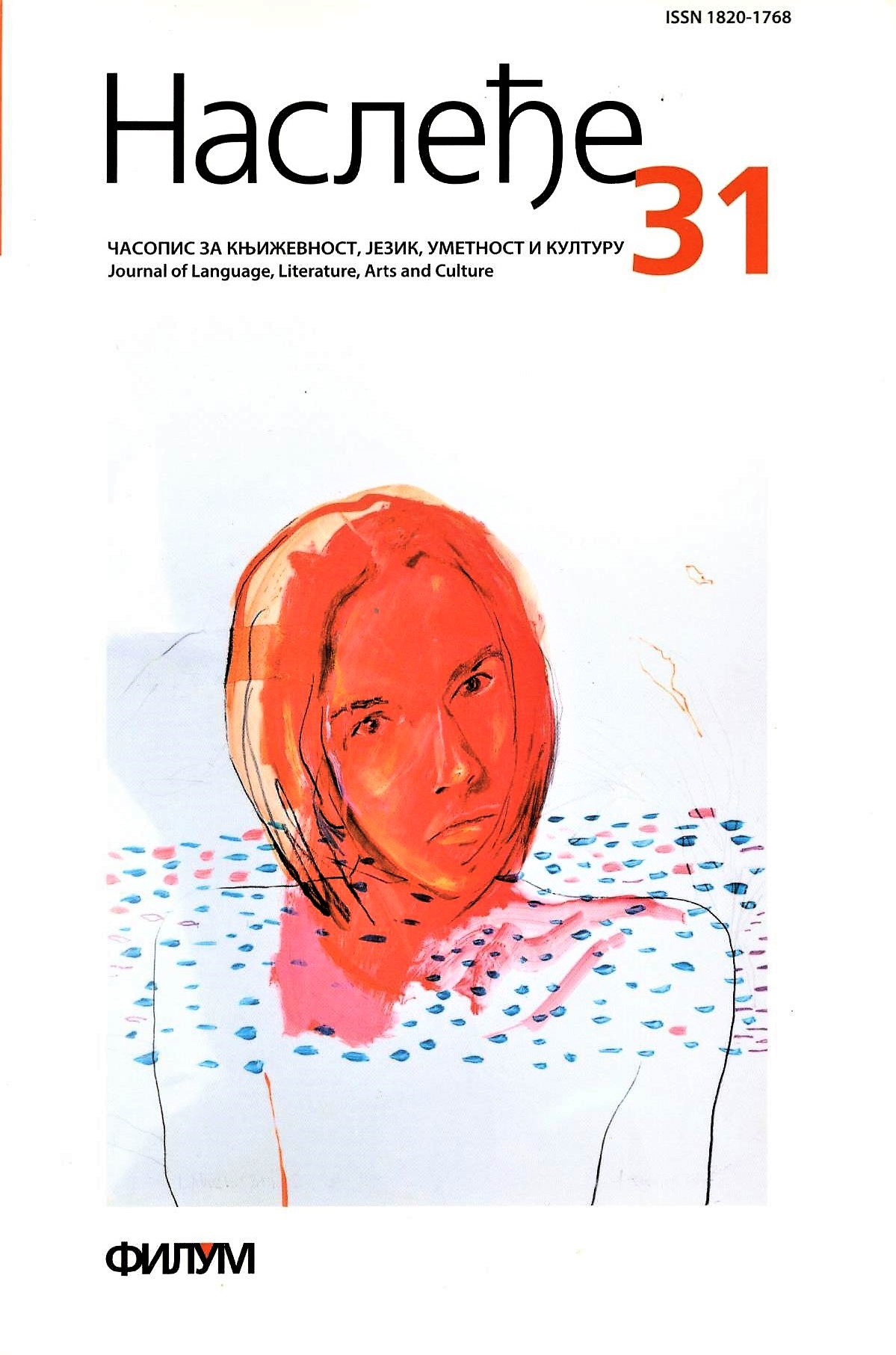HISTORIOGRAPHIC METAFICTION AND POSMODERNIST DECONSTRUCTION
BORGES – BERTOLUCCI
Keywords:
postmodernism, historiographic metafiction, metanarrative, deconstruction, cinema and literature, identificationAbstract
The present article aims to investigate the transmission of the postmodernist notion of historiographic metafiction through different forms of narrative. Analysing Borges’s short story on one side – “Theme of the Traitor and the Hero” – and Bertolucci’s film on the other side – The Spider’s Stratagem – we will demonstrate the postmodernist urge of both authors regarding the disclosure of the Grand narrative of history. The end of this analysis and comparison of the two differently modulated small narratives, Borges’s and Bertolucci’s, the literary and cinematic, will bring us closer to the posmodernist notion of the plurality of truth. This way we will observe the deconstruction of the mere Oedipal identification with grand narratives, and the rejection of historical and cultural truths that are ideologically contaminated, yet served as natural. Furthermore we will perceive how Borges and Bertolucci, through their respective metafictional works of art, get to become both traitors and heroes on different sides of the historical mirror, collective memory and cultural identity.
References
Bertoluči, B. (1970): Strategia del ragno [film], Radiotelevisione Italiana.
Borhes, H. L. (2006): Maštarije, preveo Aleksandar Grujičić, Beograd: Paidea.
Alasraki (1968): J. Alazraki, La prosa narrativa de Jorge Luis Borges, Madrid: Editorial Gredos.
------------- (1988a): J. Alazraki, Borges and the Kabbalah, Nju Jork: Cambridge University Press.
------------- (1988b): J. Alazraki, „Borges: entre la modernidad y la postmodernidad”, Revista Hispánica moderna, 41, 175-179.
-------------- (1984): J. Alazraki, “El texto como palimpsesto: lectura intertextual de Borges”, Hispanic Review, 52/3, 281-302.
Asman (2011): A. Asman, Duga senka prošlosti: kultura sećanja politika povesti, prevela Drinka Gojković, Beograd: Biblioteka XX vek; Čigoja štampa.
Balderston (2010): D. Balderstone, “Digamos Irlanda, digamos 1824”: para repensar la historia en Borges”, u: Alfonso del Toro (ur.), Jorge Luis Borges: Traslación e Historia, Hildešajm: Georg Olms Verlag, 35-45.
Barenećea (1956): A. M. Barrenechea, “El infinito en la obra de Jorge Luis Borges”, Nueva Revista de Filología Hispánica, 10/1, 13-35.
Bart (1979): R. Bart, Književnost, mitologija, semiologija, Beograd: Nolit.
Borelo (1977): A. Borelo, „Evangelio segùn Borges“, u: Revista iberoamericana: Inquisiciones sobre Borges, Monegal Roggiano (ured.), 48, Pittsburgh: Universidad de Pittsburgh, 503-516.
Borhes (1985): J. L. Borges, Borges en diálogo: Conversaciones de Jorge Luis Borges con Osvaldo Ferrari, Barcelona: Grijalbo.
------------------ (2008): H. L. Borhes, Nova istraživanja, prevela Biljana Bukvić Isailović, Beograd: Paidea.
Dal Pos (2002): C. Dal Pos, „‘Strategia del ragno’ sulle tracce della perdita“, La Valle dell’Eden, 4/10, Torino: Lindau, 119-130.
Đordano (1984): E. A. Giordano, „El juego de la creación en Borges“, Hispanic Review, 52/3, 343-366.
Ejzikman (2002): C. Eizykman, „La jouissance-cinéma dans ‘La stratégie de l’araignée’“, La Valle dell’Eden, 4/10, Torino: Lindau, 113-118.
Flin (2009): A. U. Flynn, “Beyond the Mirror of Self”, u: Quest for God in the work of Borges, London: Continuum Literary Studies, 125-135.
Hačion (1988): L. Hutcheon, A Poetics of Postmodernism: history, theor, fiction, Nju Jork – London: Routhledge.
Horn (2009): E. Horn, “Borges´s Duels: Friends, Enemies, and the Fictions of History”, u: Thinking with Borges, William Eggington, David Johnson (ured.), Aurora: The Davis Group Publishers, 161-182.
Kavalijere (2004): P. A. Cavaliere, „Contemporary Italian Cinema and Fascism: Memory, History and Politics in the Films of Bernardo Bertolucci“, L’Europe au Cinema, (20.04.2013).
Klajn (1994): T. J. Kline, I film di Bernardo Bertolucci: cinema e psicoanalisi, Roma: Gremese Editore.
Kozarinski (2000): E. Kozarinsky, Borges em/e/sobre cinema, Sao Paolo: Iluminuras.
Krisp, D., Hilam R. (2001): D. Crisp, R. Hillman, „Verdi and Schoenberg in Bertolucci’s ‘Spider’s stratagem’“, Music and Letters, 82/2, 251-267.
Liotar (2005): Ž. F. Postmoderno stanje. Izvještaj o znanju, prevela Tatiana Tadić, Zagreb: Ibis grafika.
Omon, Mari (2006): Ž. Omon, M. Mari i dr., Estetika filma, prevela Jasna Vidić, Beograd: Clio.
--------------- (2007): Ž. Omon, M. Mari, Analiza film(ov)a, prevela Jasna Vidić, Beograd: Clio.
Rigoleto (2012): S. Rigoletto, “Contesting National Memory: Masculine Dilemmas and Oedipal Scenarios in Bernardo Bertolucci’s ‘Strategia del ragno’ and ‘Il conformista’”, Italian Studies, 67/1, London: Maney Publishing, 124-146.
Savaleta, J.B. (2010): J. B. Zavaleta, „Borges y el cine: imaginería visual y estrategia creativa“, Mester, 39/1. <http://www.escholarship.org/uc/item/25z3t02m> (12.05.2013).






